Encampment on county-owned land: Local disaster declared by Monroe County commissioners
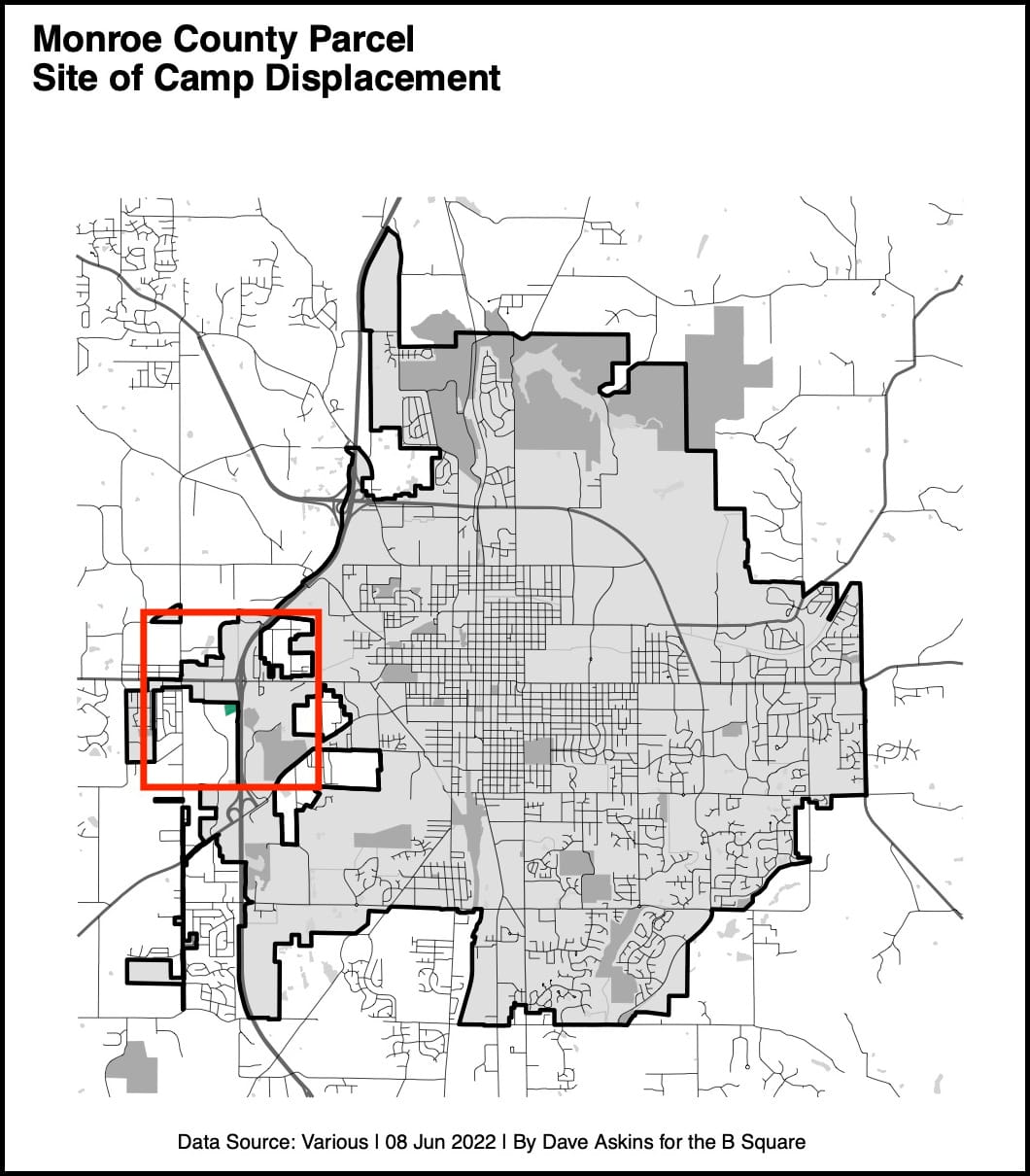
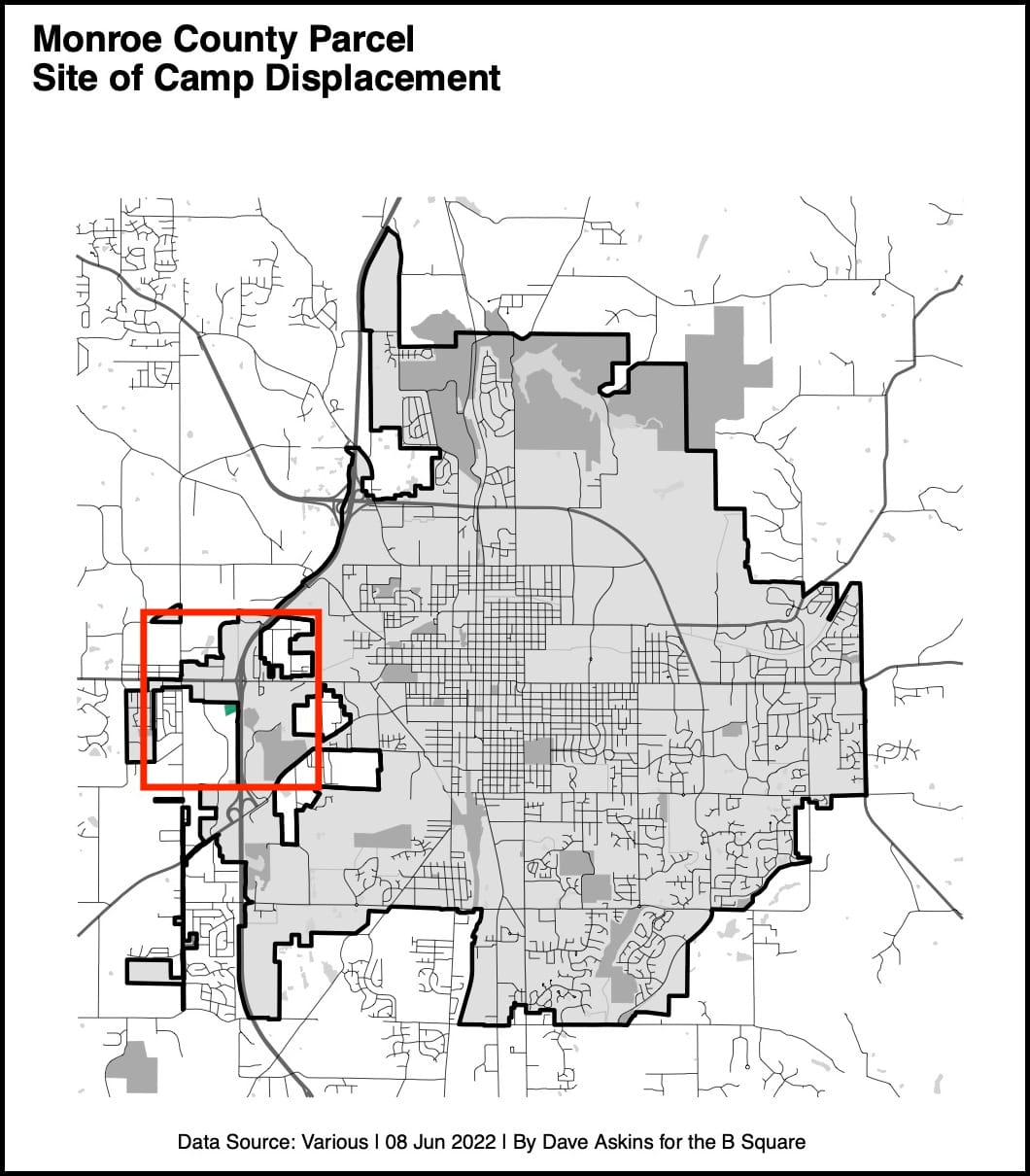
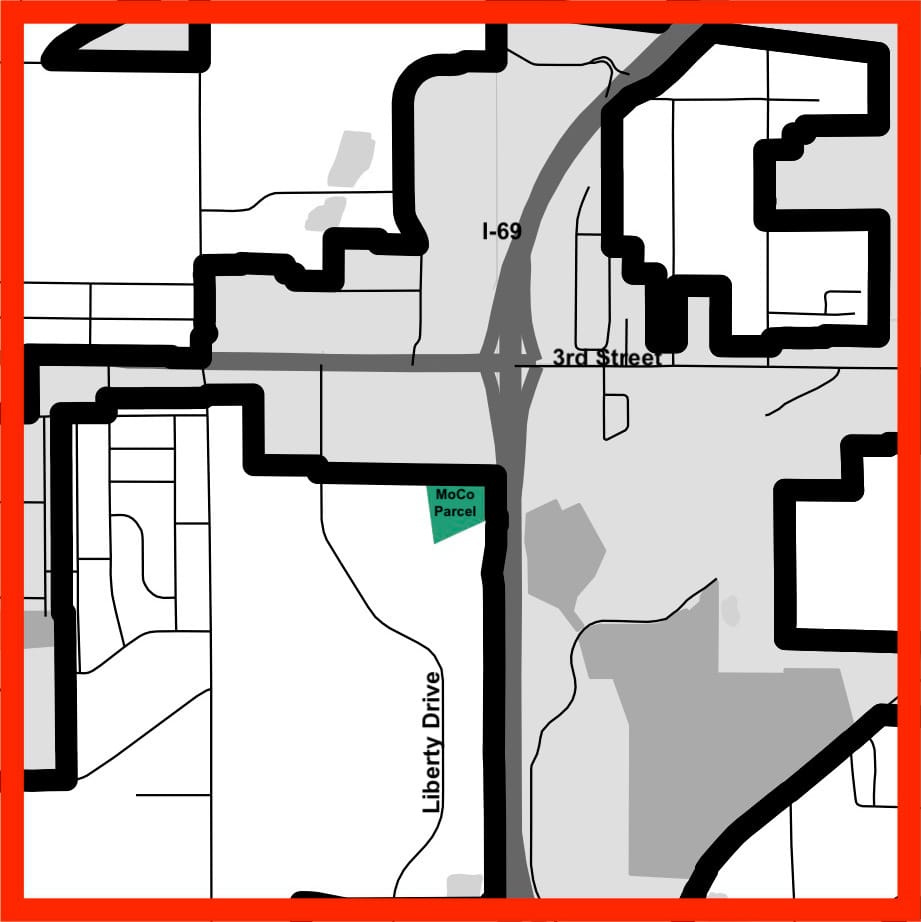
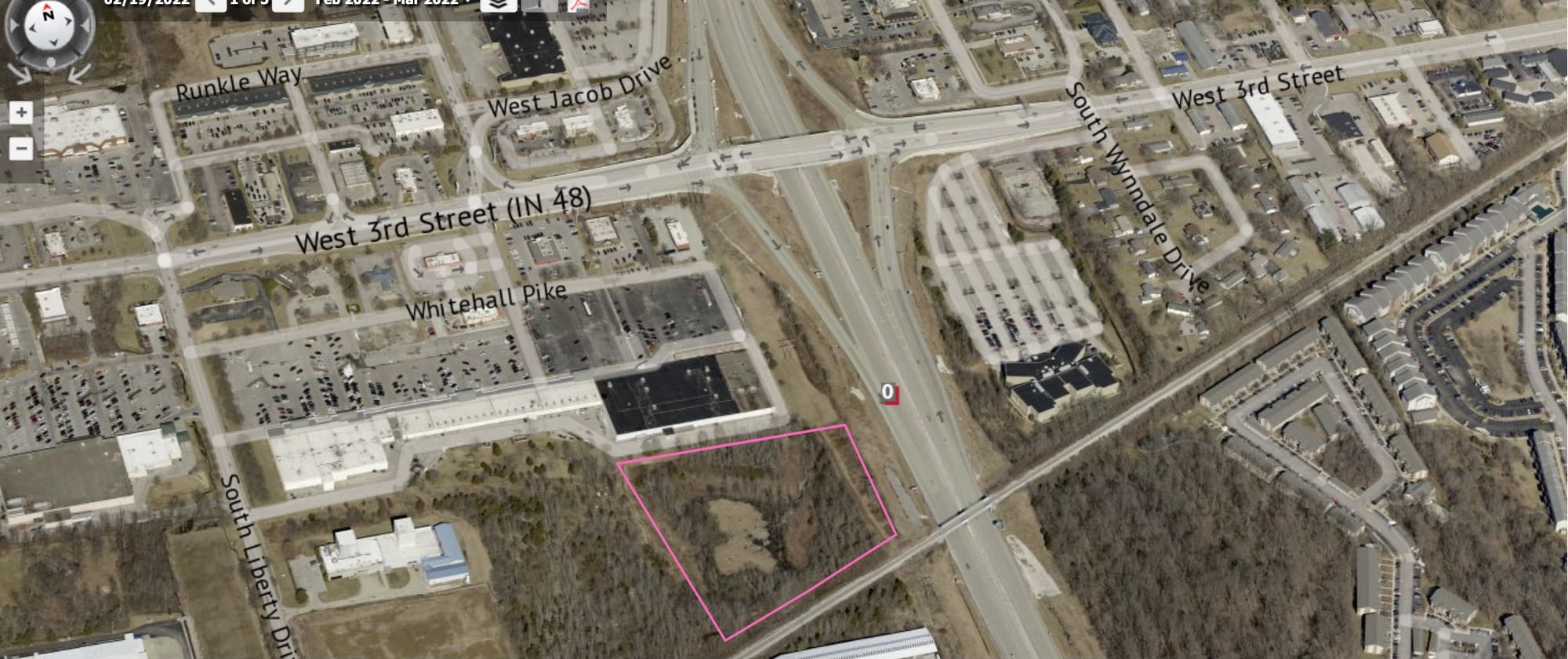
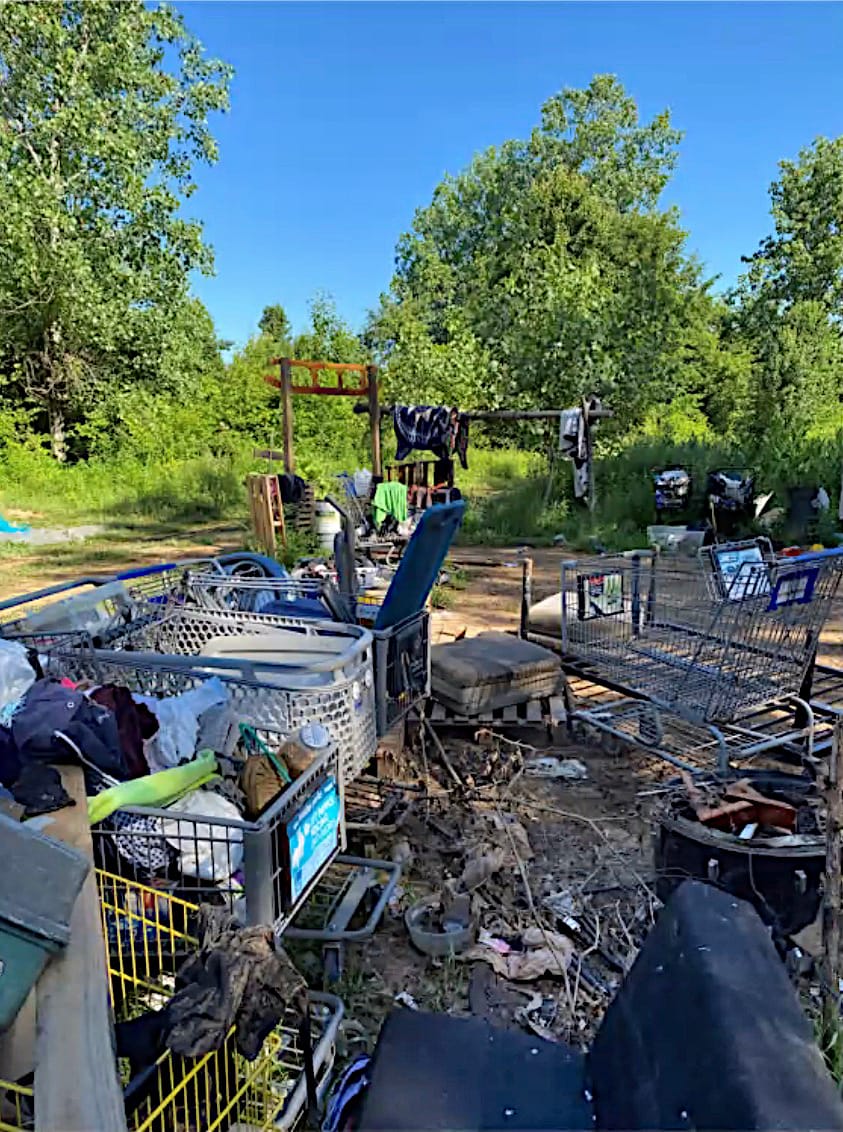
An encampment on county-owned land west of Bloomington has prompted action by the Monroe County board of commissioners two Wednesdays in a row.
Last week, commissioners added to their agenda a contract with Bio-One, which is an Indianapolis-based company specializing in “extreme cleaning.”
The $3,500-per-day contract covered clearing out the trash and debris that was expected to be left behind, after the sheriff’s office enforced an order to vacate the encampment, which was located behind the At Home store, just west of I-69.
But the cleanup that started last Thursday, the day after Bio-One’s contract was approved, turned out to require more work than expected.
So at this Wednesday’s meeting, commissioners voted to extend Bio-One’s contract another 15 days for a total of 20 days, which could cost as much as $70,000.
In other related action this Wednesday, commissioners invoked a state statute to declare an emergency—in order to speed up the process for hiring a contractor to clear trees under 12 inches in diameter, undergrowth and underbrush on the property. The idea is to improve lines of sight into the property, to monitor for future encampments.
Under IC 5-16-1-1.6, commissioners don’t need to advertise for bids, but do have to invite quotes from at least three firms. Administrator for the commissioners, Angie Purdie, is authorized in the emergency declaration, to execute the lowest quote that is received by Thursday at 9 a.m.
The state law describes the circumstances for invocation of the law as “fire, flood, windstorm, casualty or other extraordinary emergency…”
The February 2022 flyover aerial images from the county’s online property lookup system appear to show camping activity—on the county land as well as the private property to the west. Camping on county land was visible from the ground at least as far back as September 2021.
The county’s order to vacate the property displaced at least 17 people, according to a census done by Beacon, Inc. The nonprofit’s executive director, Forrest Gilmore, told The B Square that Beacon’s staff had done a tent-by-tent by-name count of the encampment.
Of the 17, one had been given a spot in Crawford Homes, Gilmore said. Crawford is a Beacon program that offers permanent housing with supportive services to people who have previously been chronically homeless.
Another two campers had accepted spots at another local shelter, Gilmore believes. But the future of the others won’t be known for a while, Gilmore said. They generally will try to find some other place to camp—because they prefer to live in a camp instead of taking advantage of resources they know about.
Their next site is not something the campers tell anyone about. “For obvious reasons, they’re wanting to be private about that,” Gilmore said. He added, “So it takes a while for us to even find them again.”
The clearance of the encampment, Gilmore said, is not a solution. Gilmore said, “Whether we criticize a camp removal or approve of a camp removal, it ultimately is a distraction from the really important issue that we’re not dealing with: We have people who are living in the woods.”
The people who are living in the woods often have severe mental illness issues, or substance use issues, severe physical disabilities and chronic illnesses, learning disabilities, developmental disabilities, Gilmore said. He said that it’s easy to “pigeonhole them as people who are at full ability and who could just choose to make their lives better, if they only did it.” Gilmore added, “That’s not what’s going on here.”
Facilities and fleet manager Greg Crohn told commissioners every time he’s visited the property during the cleanup work, there’s been some people attempting to move back in on the property. Crohn said, “We had fresh encampments yesterday morning…that we had to take back down. And I just did a drive past this morning and could see fresh activity again today.”
Crohn said that all the good healthy trees over 12 inches in diameter should be left, but all the other undergrowth should be taken out. That will allow the sheriff’s deputies to have a line of sight to anywhere on the property, Crohn said.
Crohn showed commissioners photos from the cleanup activity depicting garbage strewn about the wooded area and inside tents. About the photos with syringes, Crohn said, “At last count the number of needles that had been picked up numbered in the thousands—they have buckets full of them.”
Crohn also commented on a photo that showed a clear water jug half full of liquid, saying, “We also have hazardous materials, chemicals that are used in the manufacture of methamphetamine.” What Crohn showed could have been the input to the “shake and bake” method of making meth.
The amount of garbage that had been removed from the site could be measured in tons, Crohn said. Nine 40-yard dumpsters full of garbage had been hauled off the site, he said.
Just after 9 a.m. on Thursday morning when The B Square reached Angie Purdie, administrator for the county commissioners, she was reviewing the quotes for the clearance of brush on the property. Adding in the Bio-One contract for the removal of trash, the project could eventually cost up to $200,000, Purdie said.
[Updated at 2:42 p.m. on June 9, 2022: According to Purdie, the low quote was from Crider & Crider for an amount not to exceed $157,500. ]




Comments ()